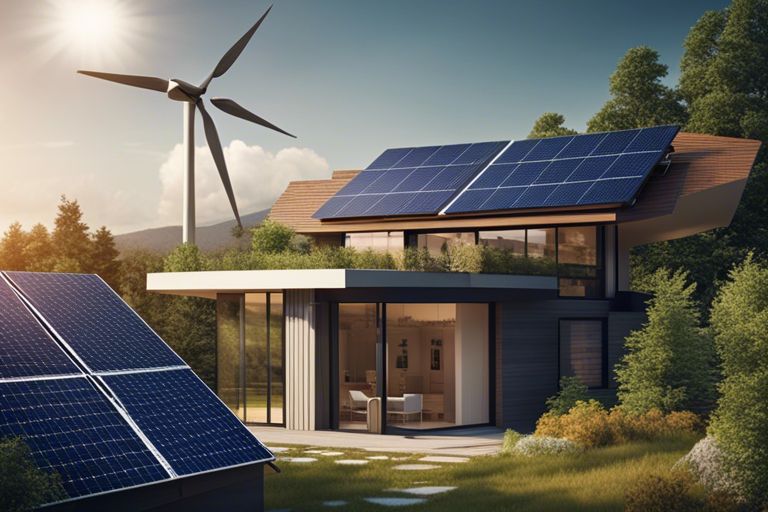Can I run my house on off-grid solar
Just imagine being able to power your entire house with off-grid solar energy – it’s not only possible but also a sustainable choice for the environment. By harnessing the power
Energy for A Greener Future

Just imagine being able to power your entire house with off-grid solar energy – it’s not only possible but also a sustainable choice for the environment. By harnessing the power